Introduction
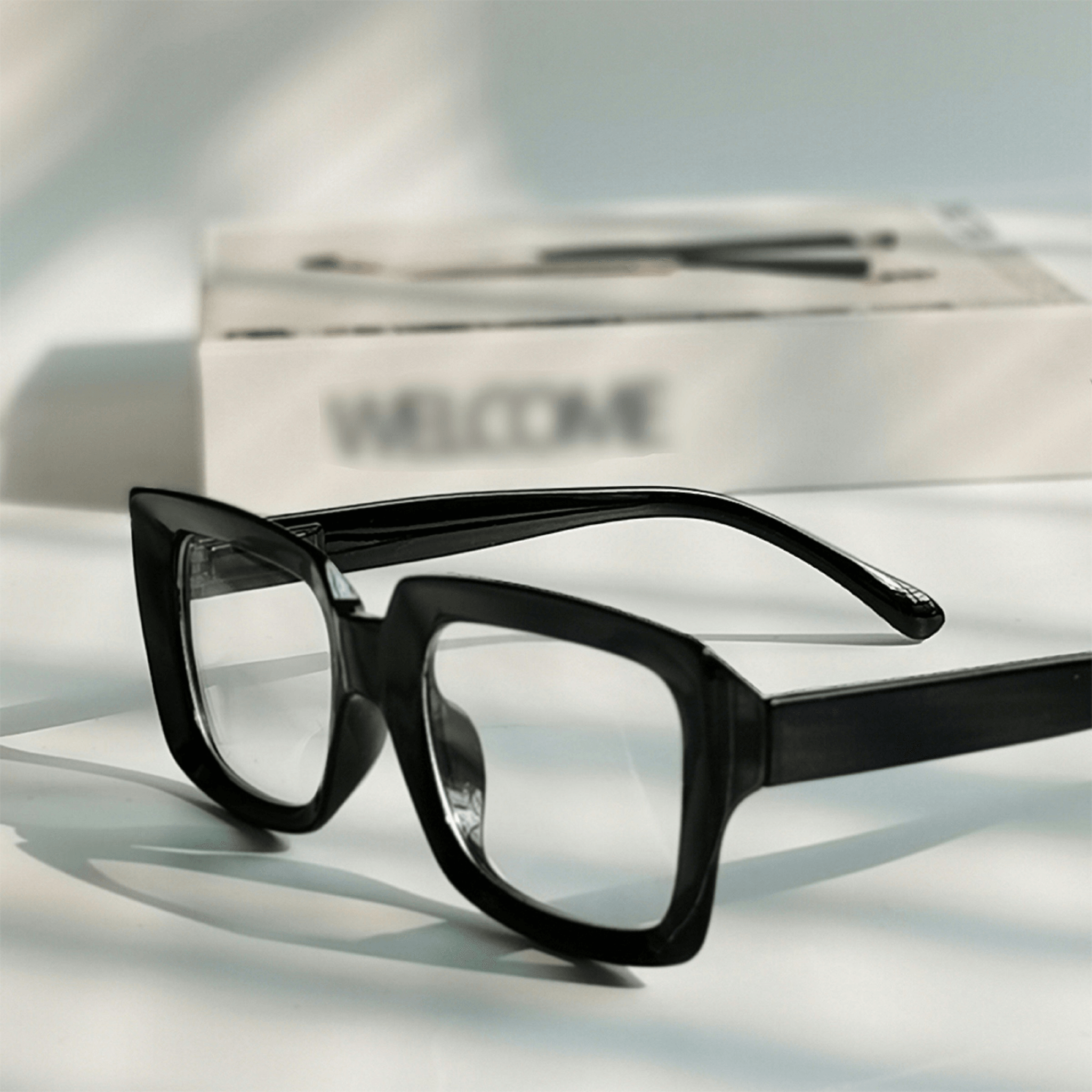
Understanding Progressive and Single Vision Lenses
Progressive lenses are designed to provide a seamless transition between different focal points, accommodating both near and far vision without visible lines. In contrast, single vision lenses offer a uniform prescription tailored for one specific distance—perfect for those who need correction for either nearsightedness or farsightedness only. Understanding these key differences is essential as it sets the stage for evaluating their respective advantages and drawbacks.
The Evolution of Eyewear Technology
Eyewear has come a long way from simple magnifying glasses to sophisticated lens technologies that enhance visual clarity and comfort. The evolution of eyewear technology has introduced innovations like anti-reflective coatings, blue light filters, and advanced lens designs that cater to modern lifestyles. This ongoing transformation raises questions about lens choice—what are the pros and cons of progressive lenses versus traditional single vision options?
Why Lens Choice Matters
The decision between progressive lens vs single vision is not just about aesthetics; it directly impacts daily activities such as reading, driving, or working on a computer. Selecting the right type can significantly enhance your visual experience while minimizing strain on your eyes—a crucial factor in today’s screen-dominated world. As you consider your options, keep in mind that switching between progressive lenses and single vision may be possible but requires thoughtful consideration of your unique needs.
What Are Progressive Lenses?

Progressive lenses are a revolutionary advancement in eyewear technology designed to address the visual needs of individuals who require multiple prescriptions. Unlike traditional bifocals or trifocals, which have distinct lines separating different vision zones, progressive lenses provide a smooth transition between varying focal lengths. This seamless design allows wearers to enjoy clear vision at all distances—near, intermediate, and far—without the abrupt shifts that can disrupt visual comfort.
Definition and Purpose of Progressive Lenses
At their core, progressive lenses are multifocal lenses that enable users to see clearly at various distances without needing to switch between different pairs of glasses. The primary purpose is to cater to presbyopia—a common age-related condition where the eye's ability to focus on close objects diminishes over time. So, if you’ve ever found yourself squinting at your phone while simultaneously trying to read street signs, you might be pondering: do I really need progressive lenses?
The Multifocal Marvels
The beauty of progressive lenses lies in their multifocal capabilities; they combine several prescriptions into one lens without visible lines. This design not only enhances aesthetic appeal but also improves functionality for daily activities like reading, working on a computer, or driving—all tasks that demand varied focal points. When comparing progressive lens vs single vision options, many users find that the versatility offered by progressives makes them a standout choice for those with complex vision needs.
Ideal Candidates for Progressive Lenses
Ideal candidates for progressive lenses typically include those over 40 who experience difficulty focusing on close objects due to presbyopia and individuals with astigmatism who require correction across multiple distances. If you’ve been asking yourself whether single vision is better than progressive for your lifestyle, consider how often you engage in activities requiring varied focal lengths—like reading menus or watching TV from across the room. However, it’s important to note that not everyone may adapt well; some may wonder about the disadvantages of progressive lenses before making a decision.
Exploring Single Vision Lenses
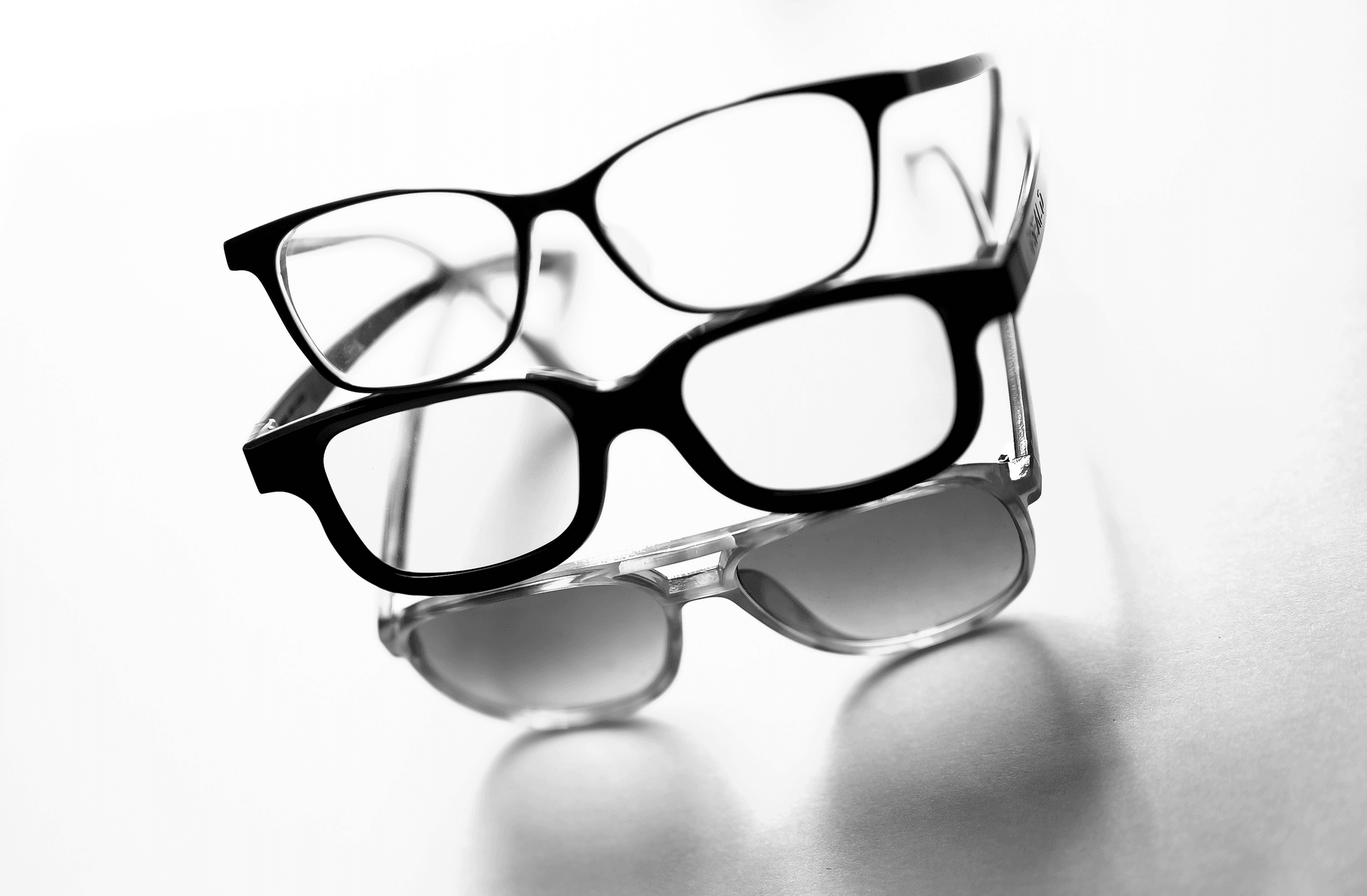
Single vision lenses are a staple in the world of eyewear, designed with a single optical prescription throughout the entire lens. Unlike progressive lenses, which offer multiple focal points for different viewing distances, single vision lenses cater to one specific distance—be it near or far. This simplicity makes them a popular choice for many individuals who prefer straightforward visual solutions.
What Are Single Vision Lenses?
Single vision lenses are crafted to correct one type of vision issue, such as nearsightedness (myopia) or farsightedness (hyperopia). They provide a uniform optical power across the lens surface, making it easier for wearers to focus on objects at their designated distance. This clear-cut design is particularly beneficial for those who do not require multifocal capabilities, allowing users to enjoy a seamless visual experience without the complexities associated with progressive lens vs single vision options.
Benefits of Single Vision Lenses
There are several advantages to choosing single vision lenses over their progressive counterparts. For starters, they often come with less distortion and fewer adaptation challenges compared to progressive lenses, making them easier to wear right off the bat. Additionally, single vision lenses tend to be more affordable and lighter than progressive options—ideal for those wondering if single vision is better than progressive when considering budget constraints.
Best Suited Users for Single Vision
Single vision lenses are best suited for individuals who have specific visual needs without requiring multifocal corrections. They work well for younger people who may only need glasses for reading or distance tasks and older adults who do not yet require bifocals or progressives but still want clear sight at one focal length. Ultimately, if you find yourself asking questions like Do I really need progressive lenses? or Can I switch between progressive lenses and single vision?, then exploring single vision options might just be your perfect fit.
Progressive Lens vs Single Vision: Key Differences

When it comes to choosing between progressive lenses and single vision lenses, understanding their key differences can help you make an informed decision. Both lens types have unique features tailored to different visual needs and lifestyles. This section will explore how each lens affects your visual experience, the time it takes to adapt, and which activities they are best suited for.
Visual Experience Comparison
The visual experience with progressive lenses is often described as a seamless transition through various focal points, allowing for clear vision at multiple distances—near, intermediate, and far. In contrast, single vision lenses offer a fixed focal point; they provide clarity for either distance or near vision but not both simultaneously. For those wondering Is single vision better than progressive?, it truly depends on individual needs; some may prefer the straightforwardness of single vision while others might find the multifocal capabilities of progressive lenses more beneficial.
Adaptation Time Considerations
Adapting to progressive lenses can take some time; many users report needing a few days to weeks before feeling completely comfortable with the gradual changes in prescription strength across the lens. On the other hand, most wearers of single vision lenses can enjoy immediate clarity without any adjustment period since they only deal with one focal length. If you're asking yourself Do I really need progressive lenses?, consider whether you’re willing to invest some time in adaptation for enhanced versatility in your daily activities.
Activities Best Suited for Each Lens Type
Progressive lenses shine when engaging in activities that require switching focus frequently—like reading a book while glancing at your computer screen or watching TV from across the room. Conversely, single vision lenses are ideal for specific tasks such as driving or reading where only one type of vision correction is needed at a time without distractions from varying prescriptions. If you're contemplating whether you should switch between progressive and single vision options, think about your lifestyle: do you require versatility or do focused tasks dominate your day?
Pros and Cons of Progressive Lenses
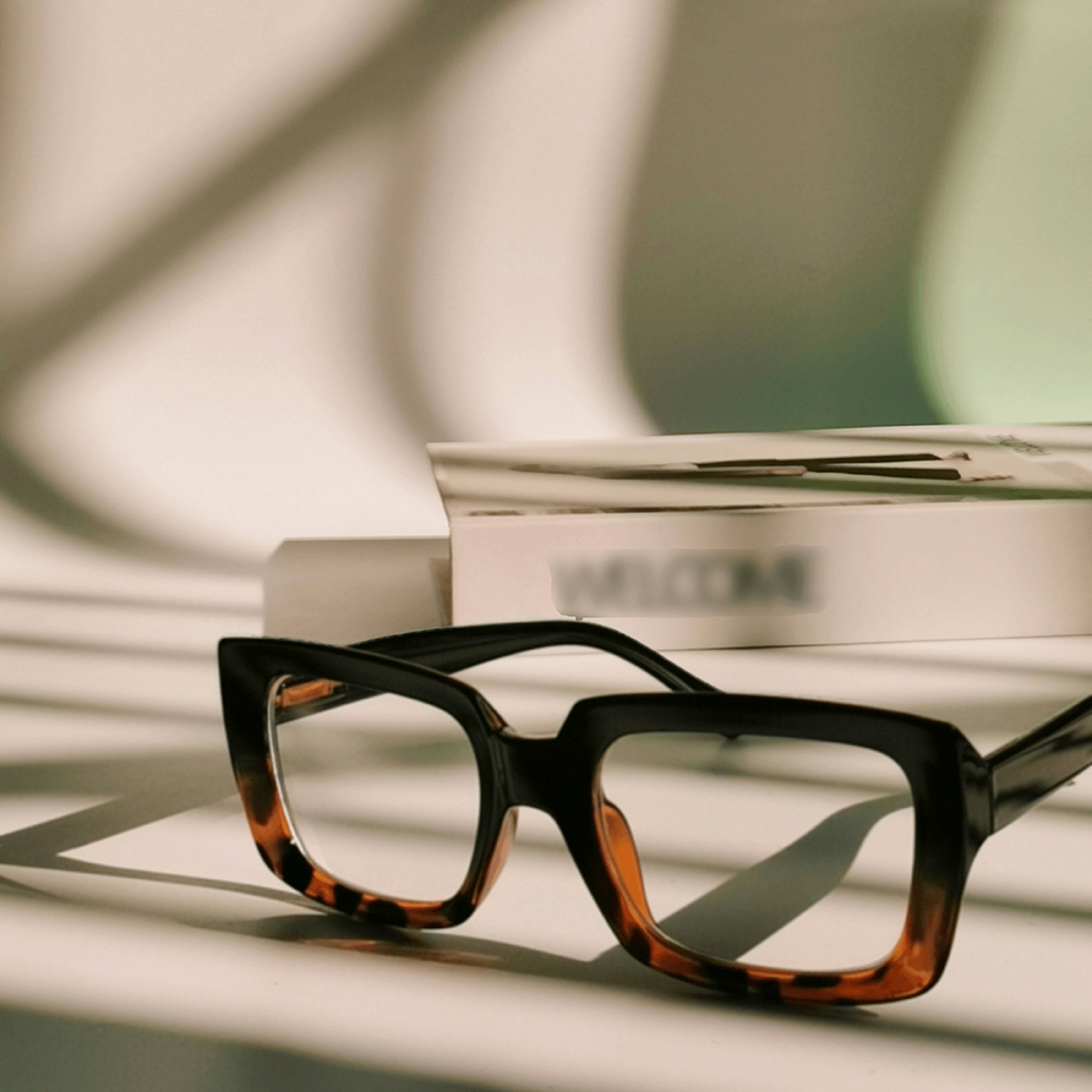
When it comes to choosing eyewear, understanding the pros and cons of progressive lenses is essential. These multifocal marvels offer a unique approach to vision correction, but they also come with their own set of challenges. Knowing the advantages and disadvantages can help you decide whether to opt for progressive lenses or stick with single vision options.
Advantages of Choosing Progressive Lenses
One significant advantage of progressive lenses is their ability to provide a seamless transition between multiple focal points, allowing for clear vision at various distances without the need for multiple pairs of glasses. This feature makes them particularly appealing for those who experience presbyopia, as they eliminate the hassle of switching between single vision glasses for reading and distance tasks. Additionally, progressive lenses often offer a more aesthetically pleasing option compared to bifocals or trifocals since there are no visible lines disrupting the lens surface.
Another benefit is that users often appreciate the increased field of vision that progressive lenses provide compared to single vision options. With a wider viewing area, activities such as driving or enjoying outdoor sports become more comfortable and less straining on the eyes. Plus, many find that adjusting to progressive lenses becomes easier over time—once you get used to them, they can significantly enhance your visual experience.
Disadvantages: Are They Worth It?
Despite their advantages, there are some drawbacks associated with progressive lenses that warrant consideration. One common concern is adaptation time; many users report experiencing initial discomfort or dizziness while adjusting to these multifocal designs. This leads some individuals to question: Do I really need progressive lenses? If you're not willing to invest time in adapting, single vision might be a better fit.
Another disadvantage includes potential distortion at the edges of the lens due to their design; this can affect peripheral vision when wearing them for certain activities like sports or reading in specific positions. Furthermore, many people wonder about pricing—progressive lenses tend to be more expensive than single vision options due to their complex design and manufacturing process. If budget constraints are an issue, weighing these costs against benefits becomes crucial in deciding between Single Vision vs Progressive.
Is Single Vision Better Than Progressive?
The age-old debate continues: Is single vision better than progressive? Ultimately, it depends on individual lifestyle needs and preferences. For those who require correction only for one distance—like reading or driving—single vision may be sufficient and simpler without any adaptation period required.
However, if you're someone who frequently switches focus between different distances throughout your day (think reading menus at restaurants then scanning across a room), then you might find that progressive lenses offer unparalleled convenience despite their learning curve and potential downsides. Evaluating your daily activities will guide you toward making an informed decision about which type suits you best.
In conclusion, whether considering pros and cons of progressive lenses or debating between different types altogether, it's essential to assess what fits your lifestyle most effectively before making any eyewear commitments.
Transitioning Between Lens Types
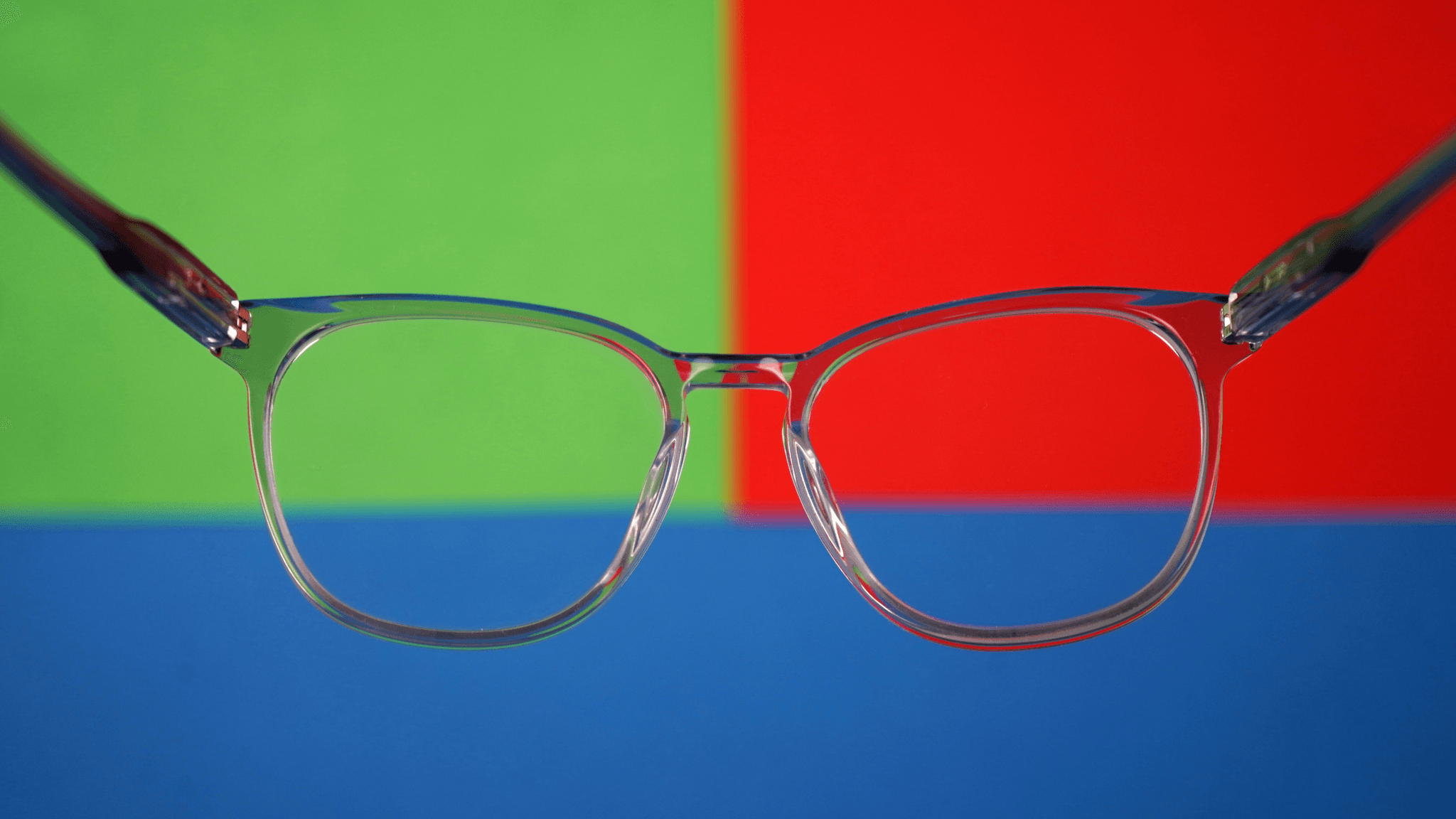
Switching between progressive lenses and single vision can be a significant decision for many eyewear users. The choice often hinges on individual visual needs, lifestyle, and comfort levels. Understanding whether you can switch between progressive lenses and single vision is crucial for making an informed decision.
Can I Switch Between Progressive and Single Vision?
Absolutely, you can switch between progressive lenses and single vision! Many people find that their visual needs change over time, leading them to explore different lens options. If you're pondering the question, Do I really need progressive lenses? it's worth considering how your daily activities align with the benefits of each type.
Factors to Consider Before Switching
Before making the leap from one lens type to another, there are several factors to mull over. First, consider your lifestyle—do you spend more time reading or engaging in activities that require varied distances? This reflection will help you weigh the pros and cons of progressive lenses versus single vision; after all, each has its unique advantages tailored to specific needs.
Another important aspect is your adaptation period; switching from single vision to progressive might require some adjustment time as your eyes learn to navigate the multifocal design. Additionally, think about any previous experiences you've had with either lens type—were they comfortable or did they present challenges? These considerations will guide you in determining if single vision is better than progressive for your situation.
Tips for a Smooth Transition
Transitioning smoothly between lens types requires a bit of preparation and patience. Start by consulting with an eye care professional who can provide personalized recommendations based on your eyesight history and daily requirements. They may also suggest gradually incorporating new lenses into your routine rather than making an abrupt switch.
When adjusting to new lenses, give yourself time—don't rush the process! Take breaks if needed while wearing new progressives or singles until you feel comfortable with them. Remember that understanding what are the disadvantages of progressive lenses can help set realistic expectations during this transition phase.
Lastly, don’t hesitate to reach out for support from brands like Daposi that specialize in innovative eyewear solutions tailored just for you! Their commitment to customization ensures that whatever lens type you choose will suit not only your style but also enhance your overall visual experience.
Conclusion
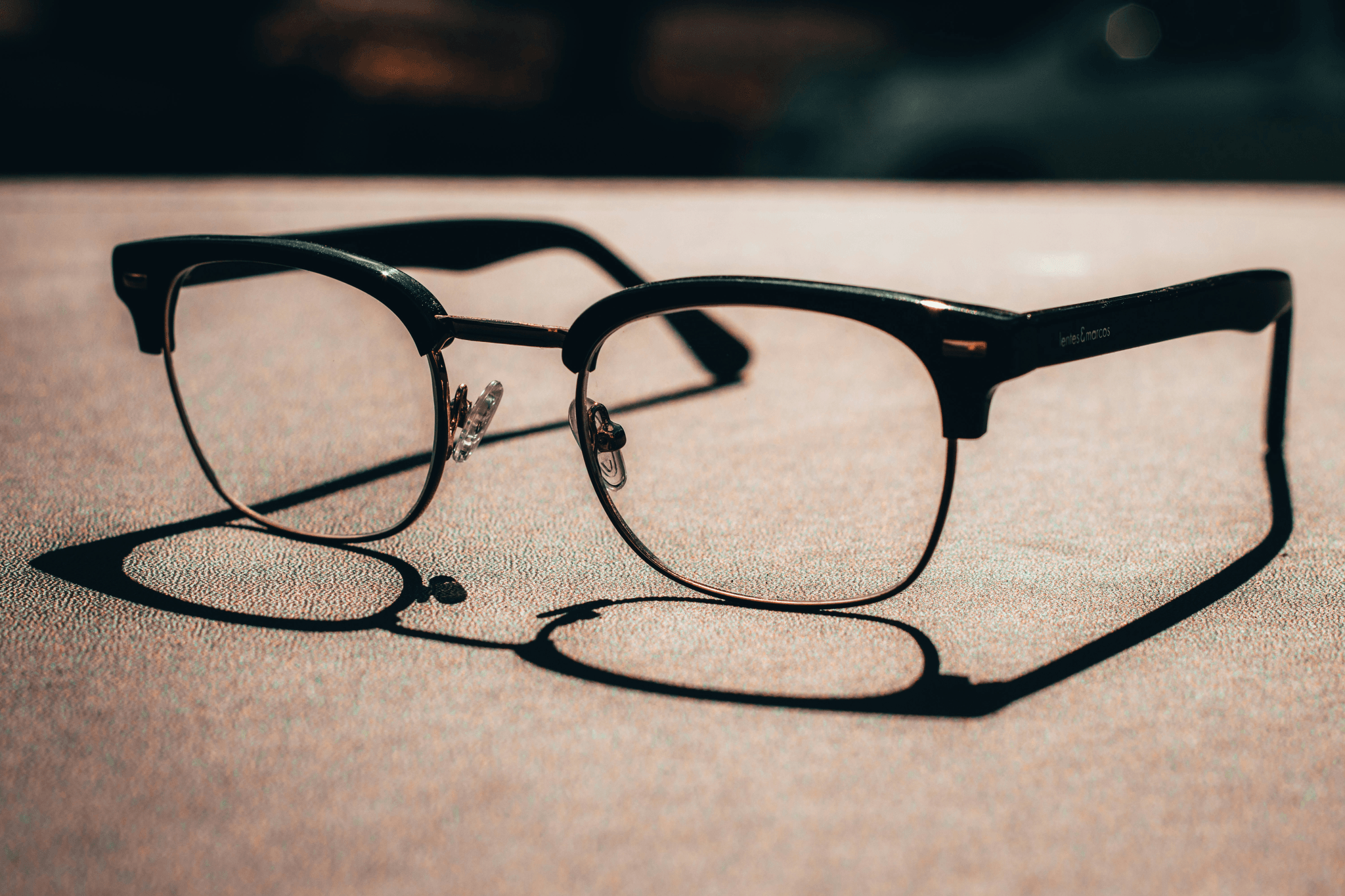
Choosing the right lens for your needs can feel like navigating a maze, especially when weighing the options between progressive lenses and single vision. Each type has its unique benefits and drawbacks, making it essential to consider your lifestyle, visual needs, and personal preferences. Whether you find yourself asking, “Is single vision better than progressive?” or pondering if you really need progressive lenses, understanding the distinctions can guide your decision.
Choosing the Right Lens for Your Needs
When determining which lens type suits you best, start by assessing how you use your vision daily. If you're constantly switching between different distances—like reading a book and then glancing at a computer screen—progressive lenses may be your best bet. On the other hand, if you primarily need correction for one distance—say reading or driving—single vision lenses could be more appropriate.
Consider factors such as comfort and adaptability as well; some users find that adapting to progressive lenses takes time while others embrace the multifocal marvels with ease. It’s also wise to consult with an eye care professional who can provide personalized recommendations based on your specific visual requirements. Ultimately, whether it's single vision vs progressive will boil down to what aligns best with your everyday activities.
Understanding the Disadvantages of Progressive Lenses
While progressive lenses offer numerous advantages, they come with their own set of challenges that should not be overlooked. One common question is: “What are the disadvantages of progressive lenses?” For starters, some wearers experience difficulty adjusting to the varying focal points within these multifocal designs; this may lead to initial discomfort or even dizziness as they adapt.
Additionally, progressive lenses tend to have a larger price tag compared to single vision options due to their advanced technology and customization features. If you're someone who values simplicity in eyewear without needing multiple focal points throughout the day, then it’s perfectly valid to ask yourself: “Do I really need progressive lenses?”
Final Thoughts on Single Vision vs Progressive
In summary, both single vision and progressive lenses have their pros and cons that cater to different lifestyles and visual needs. The choice ultimately lies in understanding what works best for you—whether that's enjoying a seamless transition between distances with progressives or sticking with straightforward single vision optics for clarity at one distance only.
As you navigate this decision-making process, remember that brands like Daposi are here to support you in finding eyewear solutions that not only meet functional needs but also reflect personal style choices! So whether you're leaning towards single vision vs progressive or contemplating a switch between them—Daposi is ready to help bring your vision to life! 🌟
